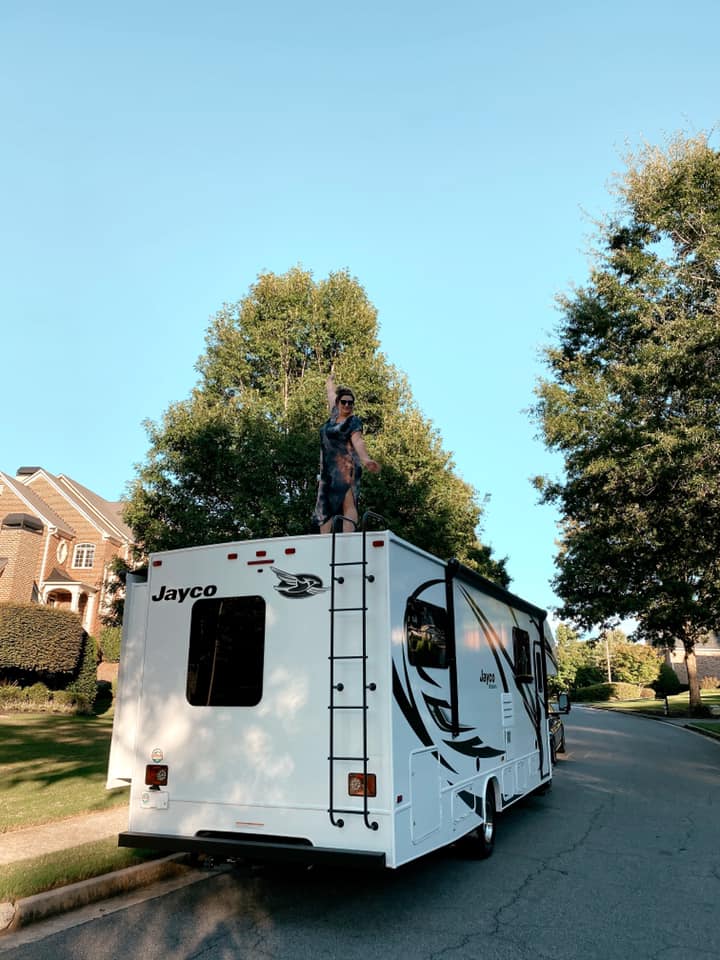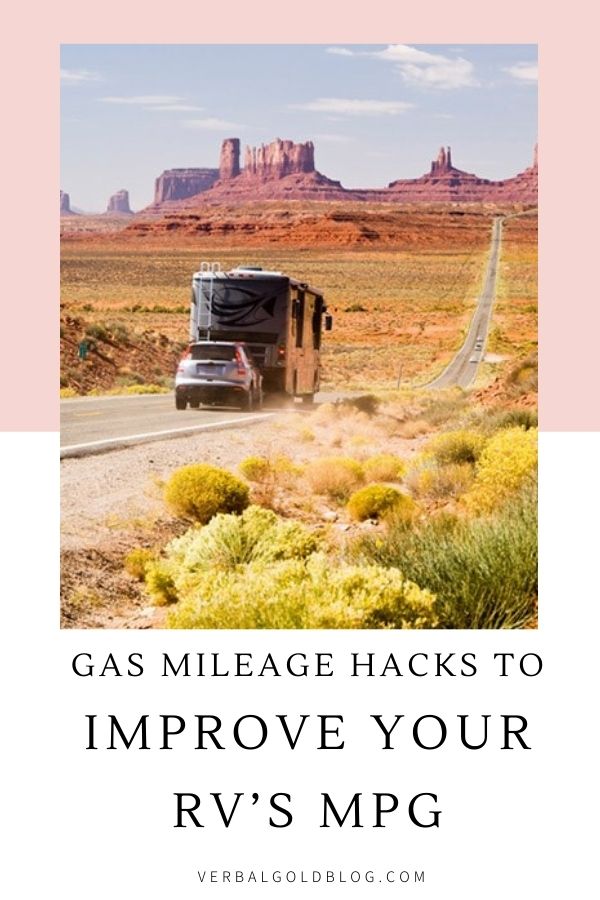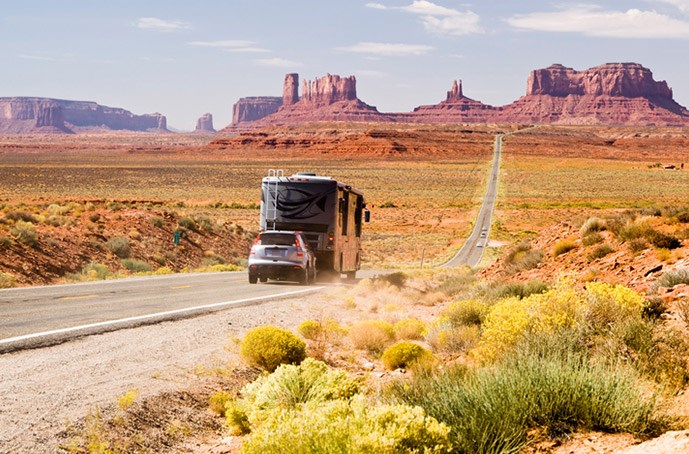
3 GAS MILEAGE HACKS FOR YOUR RV | IMPROVE YOUR RV’S MPG

Buying an RV is far more than just a commitment to hit America’s highways once every so often; it’s an entirely new way of life. Unfortunately, this new lifestyle doesn’t often come with a how-to guide, and beginners will often make mistakes that can negatively affect their trips or even cost them money. A few of these mistakes can reduce the RV’s gas mileage, which will turn into an ongoing expense. Luckily, the following tips can help you hack your way to better gas mileage.
1. ADJUST YOUR DRIVING STYLE
When you buy an RV, you will learn quickly that your driving style can have a huge effect on your miles per gallon ratio. Fortunately, it’s easy to change these habits and changing just one can increase fuel economy by up to 7 percent.
The first rule of driving an RV is to not accelerate too quickly from a dead stop. “Flooring it” can greatly reduce fuel economy, so a gradual buildup of speed is best. Similarly, going too fast can expend more gas. Every five miles per hour over 50, for instance, can end up costing an additional $0.17 per gallon.
Using cruise control will also be beneficial since it prevents variable speeds, which can use up more gas. And finally, avoid idling for too long. Shutting off the engine while waiting for trains or drawbridges is often more economical than idling for long periods of time.

2. CHECK TIRE PRESSURE
Maintaining appropriate tire pressure is one of the easiest, yet most overlooked, methods of increasing an RV’s gas mileage. In fact, properly inflated tires can increase an RV’s mileage by up to 3 percent. To ensure you get an accurate reading, tires should be checked before traveling for more than a mile.
In addition to improved fuel economy, proper tire pressure can also reduce wear and tear on RV wheels. This means they’ll need to be replaced less often, and it will also reduce the likelihood of a blowout or tire failure. For those who simply can’t remember to do this, having a tire monitoring system installed will be just as effective.
3. ENSURE APPROPRIATE MAINTENANCE
Performing periodic service on an RV is also essential to improving fuel mileage. Replacing a dirty air filter, for instance, can increase an RV’s mileage by up to 10 percent. It’s also important to ensure that synthetic oil is used when getting an oil change, which can increase fuel economy by more than 2 percent.
The two biggest fuel expenditures you face as an RV owners are an improperly tuned motor home and faulty oxygen sensors. A tune-up can literally increase fuel economy by up to 20 percent, and a faulty oxygen sensor can reduce mileage by up to 40 percent. Proper and routine maintenance can ensure you catch these issues before they ruin your gas mileage.
4. DON’T DRIVE WITH YOUR FRESHWATER TANK FULL OR ANY FULL TANKS
The extra weight will slow you down and use up gas. Try to dump and unload as much as you can in between destinations.



